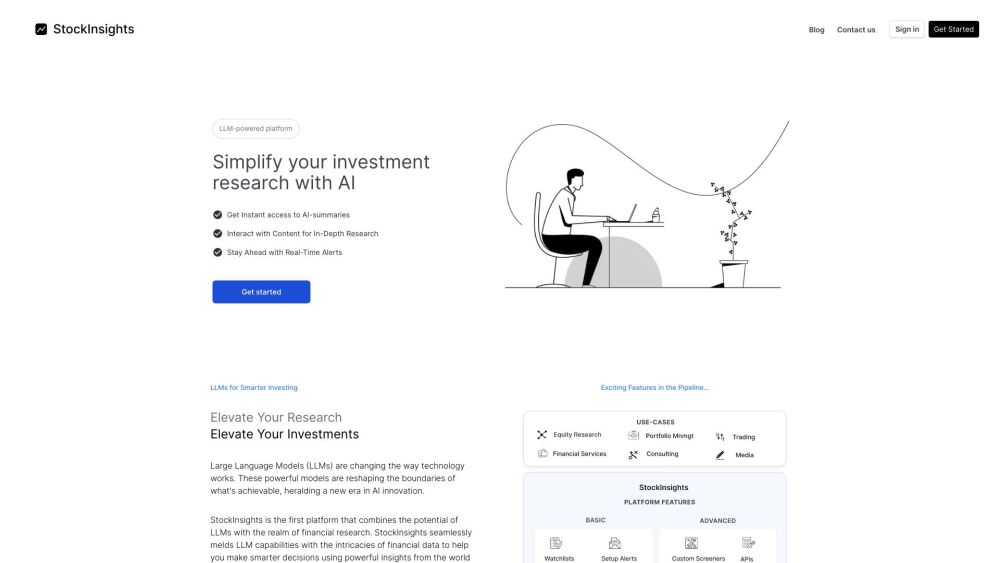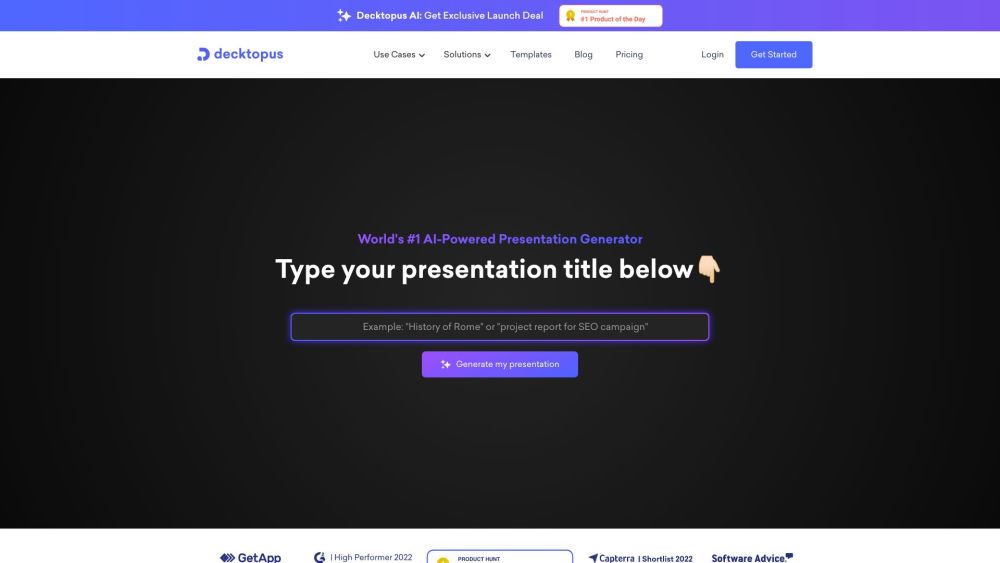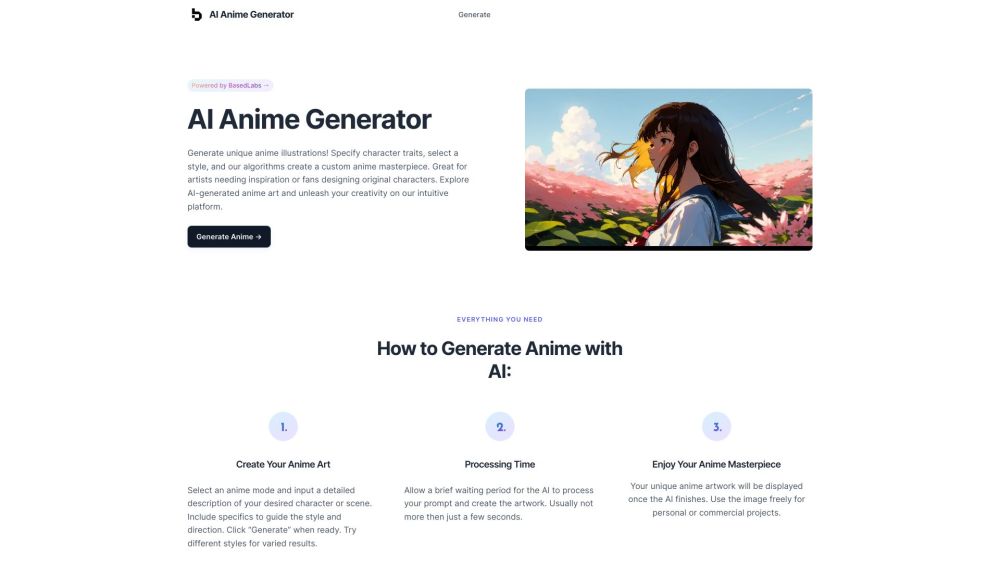The Biden administration introduced a significant move on Thursday by releasing guidelines for using artificial intelligence in critical infrastructure. These guidelines cover a wide range of areas, including power grids, water systems, and air travel networks. They provide a clear direction for the application of AI in these crucial sectors, ensuring its safe and effective use and offering important standards for industry development.
The guidelines were developed through collaboration between the Department of Homeland Security and the Artificial Intelligence Safety and Security Advisory Board. With their expertise and experience, they created these important guidelines and require the private sector to adopt and implement them to promote healthy and orderly industry growth.
Homeland Security Secretary Alejandro Mayorkas described the framework as dynamic and evolving, calling it a "living document" that will grow and adapt to the changing needs of the AI industry. It will be updated regularly to better align with market and technological trends.
The framework sets specific requirements for different stakeholders. AI developers are urged to thoroughly assess any potential risks in their products, ensure they align with human values, and prioritize user privacy. Cloud computing infrastructure must strictly review hardware and software suppliers and enhance the physical security of data centers. Owners and operators of critical infrastructure are advised to strengthen cybersecurity protocols, consider AI-related risks, and increase transparency in AI usage to allow for public oversight.
Amid the changing political landscape in the U.S., when asked if the framework might change with President-elect Trump taking office in January, Mayorkas emphasized that he is currently implementing President Biden's policies. He noted that President Trump will have the authority to decide on policies after taking office and will make decisions based on the situation.







